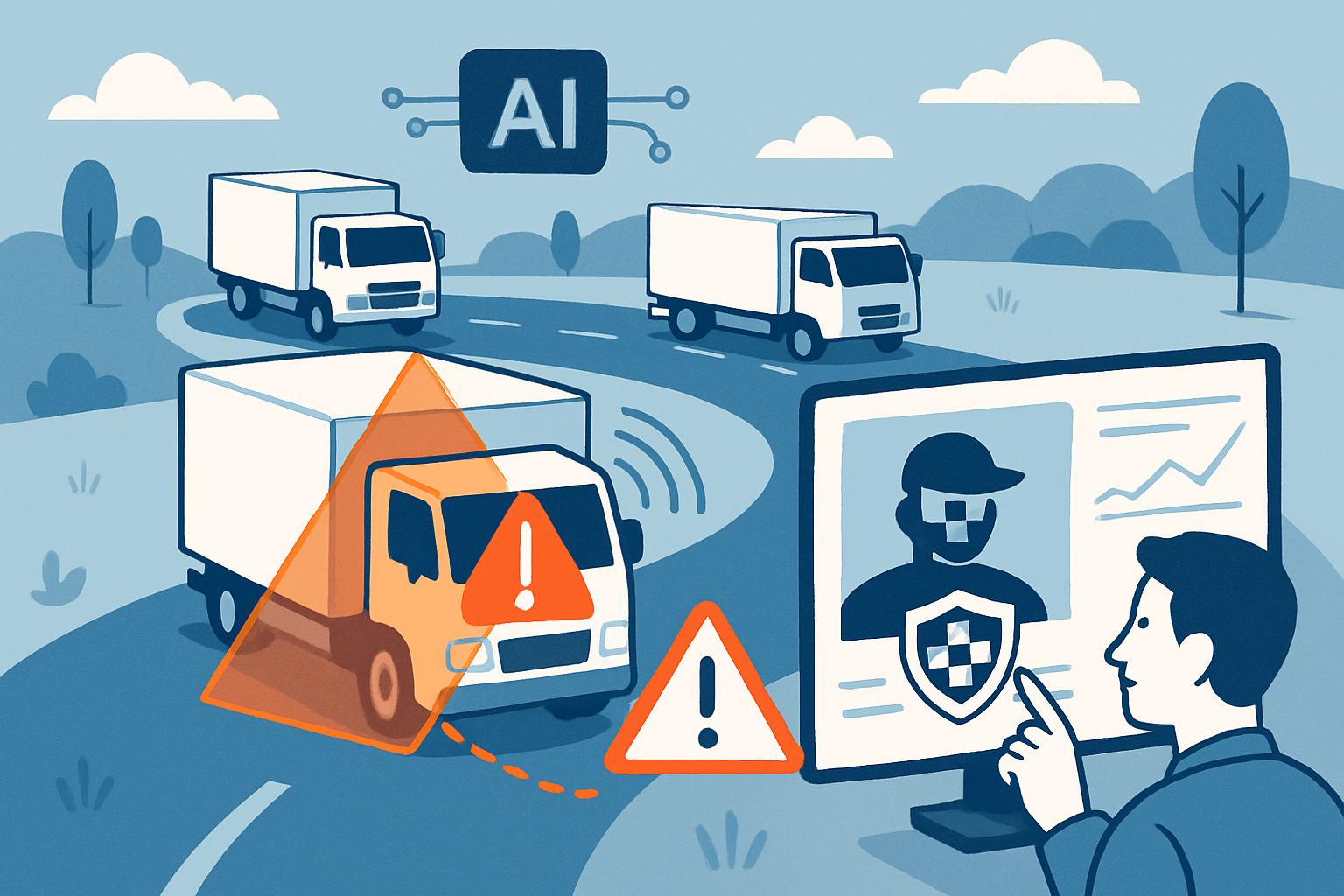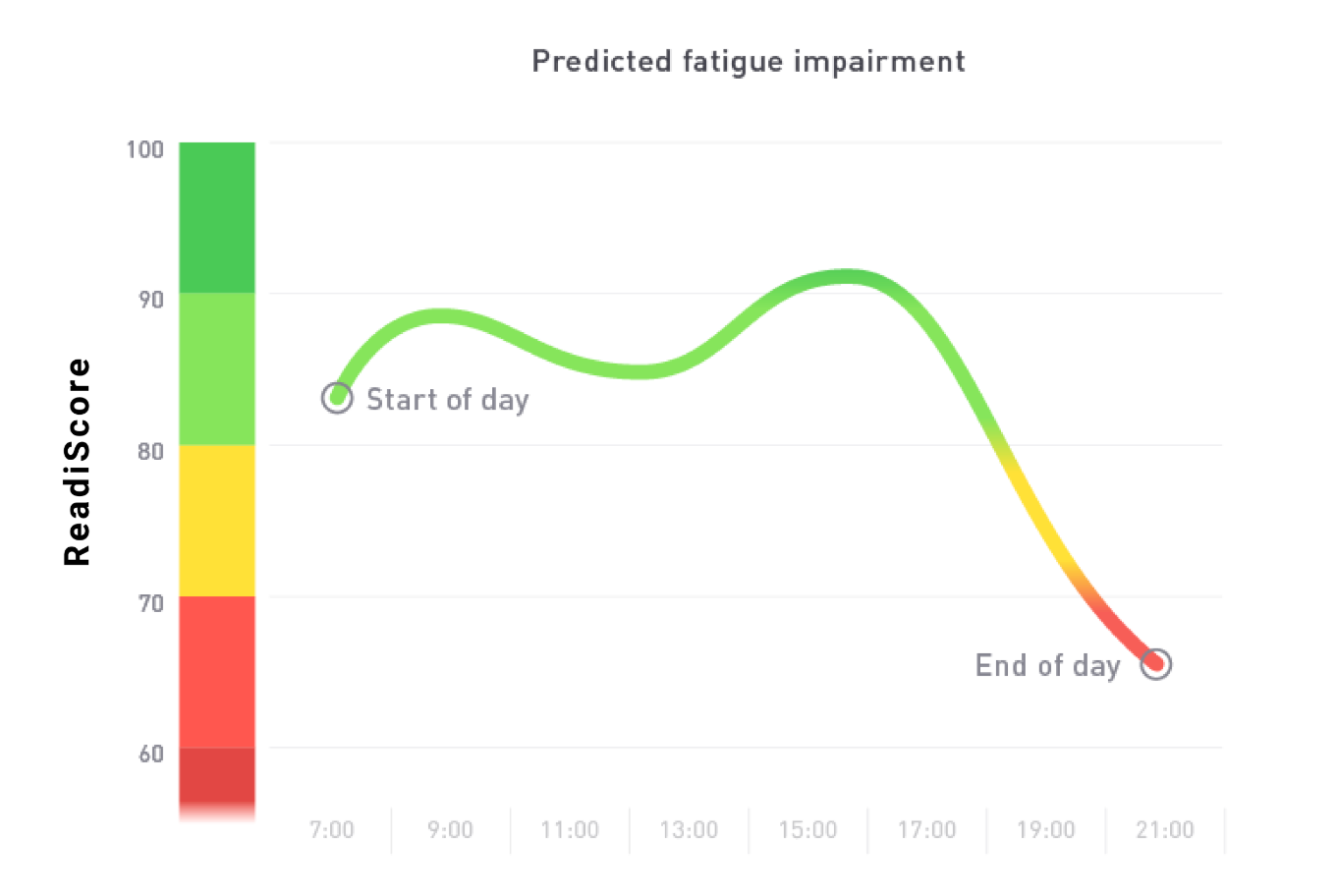Glencore Lomas Bayas implements Readi FMIS
This tool is key to boost productivity and safety in predicting worker fatigue.
Glencore’s Compañía Minera Lomas Bayas (CMLB), a major producer of low-grade oxide copper ore, announced the implementation of Readi FMIS for predictive fatigue management throughout its site located in the Antofagasta Region.
The implementation of this system establishes Glencore as a leader in the use of scientifically validated cutting-edge technology that has been shown to increase the productivity of the mine, while improving the safety of its workers.
Readi FMIS is the world’s leading fatigue management information system, providing personalized predictions for each operator and displaying these insights to shift supervisors.
From there, managers can optimize task assignments and proactively mitigate the risk of critical fatigue before it affects operations and their workers.
Supervisors using Readi FMIS receive daily mobile notifications at the start of each shift, alerting them to any team members who are flagged as having a high risk of fatigue for that day.
Crucially, these predictions not only account for present fatigue, but also anticipate fatigue that may arise later in the shift. Armed with these insights, supervisors can make proactive interventions, such as rotating safety-critical tasks and planning fatigue breaks, based on objective and validated data.
For Rodrigo Hiplán, Lomas Bayas Mine Manager, Readi FMIS is a clear step in the ongoing effort to optimize operations and the well-being of the workforce. “After testing the technology, it was clear that Readi offered a tremendous benefit to everyone, improving operator safety and productivity at the same time.”
Model:
Readi uses the validated biomathematical model, SAFTE™, combined with sleep data and circadian factors from each operator, to predict personalized levels of fatigue.
Lomas Bayas, a Glencore company, has chosen to provide operators with wearable wrist-worn devices to capture sleep data, which is kept confidential and not shared with supervisors.
Meanwhile, for operators without wearables, Readi uses machine learning to estimate sleep and fatigue based on a combination of shift schedules, demographics, intake surveys, and patterns seen in the largest wearable dataset.
Safety and results:
High level of fatigue predictions were shown to correlate with a 14x greater likelihood of microsleeping at work and a 3% difference in productivity in key metrics like spot time and dig rate. Case studies of other mines have indicated an average annual financial benefit of US$6 million, as well as an estimated 13% reduction in lost time incidents.
“The safety and well-being of our workforce is our top priority. The application of proven predictive analytics to machinery has long been key to optimizing our operations,” said Hiplán.





